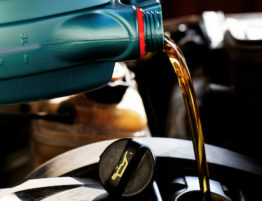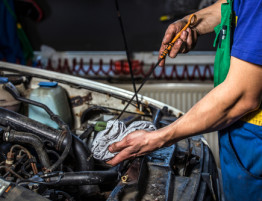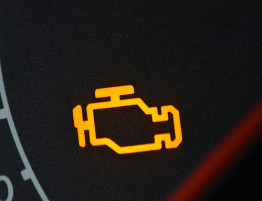With the new year came the unwelcome arrival of a weather pattern meteorologists describe as a “polar vortex,” a hurricane-like swirl of cold air that formed in northern Canada before making its way across the country. Several southern states, including Georgia, Tennessee and Texas, experienced some of the coldest temperatures in years, and many car owners were caught off guard by the cold snap.
The last thing you want in the event of a sudden drop in temperature is a car heater that isn’t working properly. It’s a part of the car that many people don’t even think about until something goes wrong. In southeast Texas especially, drivers tend to be much more concerned with the AC than the heater…until three days of freezing weather takes us all by surprise. Thankfully, there are steps you can take to make sure your heater is ready for the next winter blast. And don’t worry if something else needs repairing; we’ve got you covered there, too.
How Does a Car Heater Work?
Coolant, that colorful liquid that sits in its own reservoir under the hood, is what keeps the temperature inside your car comfortable. Built within the car’s dashboard is a small radiator called the heater core. When the engine is running, the core radiates warmth from the coolant as it circulates through and absorbs the heat of the engine. The heater fan blows the air that has been heated by the coolant into the interior of the car. The fan can be adjusted to operate at different speeds, depending on how your passengers respond to that popular question, “You getting enough heat back there?”
Car Heater Maintenance
There are a few basic steps you can take during the winter months that will help keep your engine and car heater operating.
- Parking your car in a garage, even one that is unheated, will keep the engine warm and prevent the motor oil from thickening. In frigid regions, an engine block heater is needed to preserve the motor oil, but unless the polar vortex turns Texas weather upside down – you really don’t need one in southeast Texas. Buying and installing a new car battery (especially if you don’t remember the last time you changed it out) will also help the engine start after a night below zero.
- Throughout the year, make sure your coolant reservoir is filled to the “full” line with the appropriate coolant. If you’re not sure what kind of coolant to use, check your car owner’s manual or ask for assistance at an auto parts and supplies store. Or swing by the shop and we will top off for you.
- If the temperature in your car is either too hot or too cold, you may need to replace the thermostat. The thermostat, along with a thermal valve, regulates the flow of coolant to the engine. If the thermostat is broken, the valve may remain open or closed, which is one reason your car may be constantly too cool or too warm.
- If you feel some heat from the heater, but not enough to take off your driving mittens, it’s possible that sediment and gunk has built up inside the heater core and is preventing the coolant from freely circulating. Car owners who are comfortable making their own repairs can flush out the built-up crud using a heater core flush kit. However, flushing out the heater core is messy, and you must be sure to catch and properly dispose of the flushed-out coolant. Most people prefer to have this service performed by a qualified mechanic.
If you’re noticing a problem with your car heater, the best thing to do is to have it investigated by your trusted auto mechanic. Car heaters are connected to the operation of your car engine, and any repairs should be made with great care. Have your car’s heater checked once a year or as soon as you notice any issues with the system. As always, the ASE-certified staff at Dillon’s Automotive will gladly perform maintenance or repair to your car, truck or other vehicle. Set up an appointment now.




